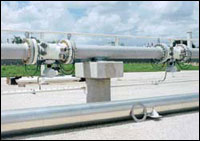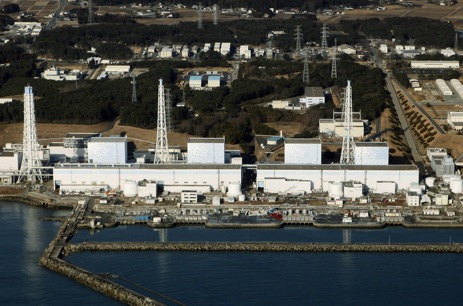It's official: All of Fukushima's working reactors saw drops in their water levels sufficient to melt their radioactive cores. (Experts have been telling us this for months, but Japanese power company TEPCO wouldn’t acknowledge it.) The only way the self-immolation of the Fukushima Daiichi nuclear power complex could get any worse would be a large scale release of radioactive material into the environment, which probably won't happen.
The meltdown means that each reactor has a pool of highly radioactive water in its base, possibly a cracked reactor casing, and worse. One reactor may even have a heap of cooled lava-like radioactive junk in the concrete pool beneath its radioactive core.
Now that authorities at TEPCO have admitted that they more or less dropped the world's largest dirty bomb on their homeland, the cost and difficulty of cleaning it up are probably going to increase. Not only must they continue to cool the reactors, they're also going to have to dispose of even more radioactive water than they anticipated.
(h/t Dave Biello of Scientific American)



